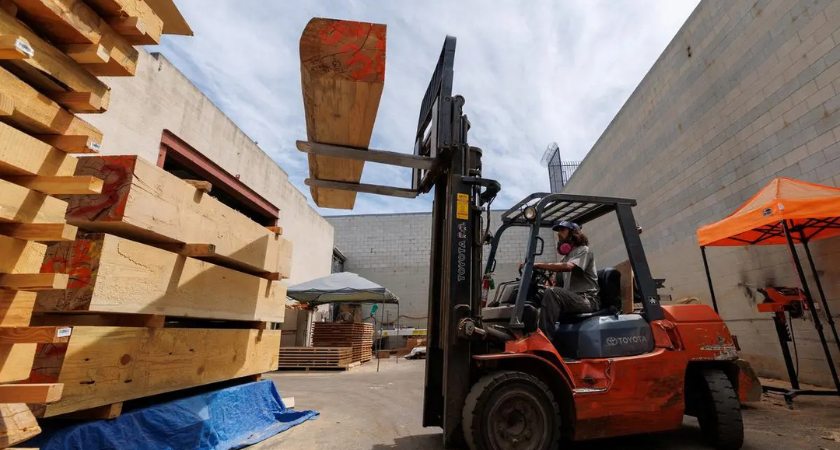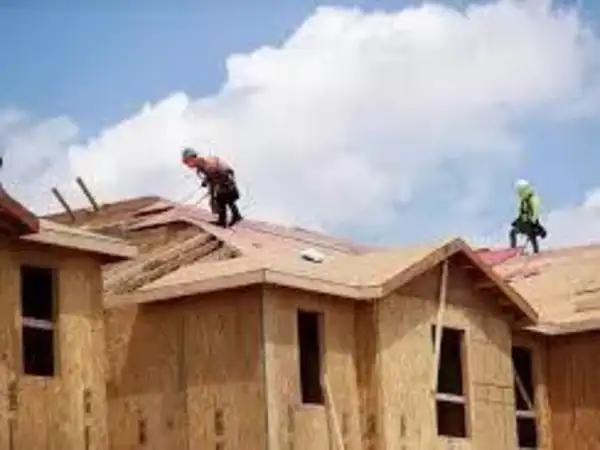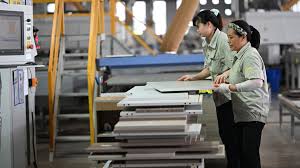
WASHINGTON — The U.S. housing and renovation industry is bracing for disruption as President Donald Trump’s new tariffs on imported cabinetry and furniture take effect Oct. 14. The policy will impose a 50% tariff on imported kitchen cabinets and bathroom vanities, as well as a 30% tariff on upholstered furniture.

Industry leaders warn that the move will send shockwaves through the housing supply chain, increasing costs for both builders and homeowners. Experts describe the tariffs as “comically nonsensical,” arguing that they will inflate prices across the market, from entry-level renovations to high-end home builds.
The concern extends beyond kitchen and bathroom projects. Analysts expect a “cascading effect” on remodeling budgets and housing affordability, straining industries tied to construction such as plumbing, electrical, flooring, and installation services.
For homeowners, the timing is especially difficult. Rising mortgage rates, inflation in building materials, and labor shortages have already made housing projects more expensive. With tariffs now targeting kitchen and furniture imports, even modest renovations could become out of reach for many families.
For builders and contractors, the challenge lies in sourcing affordable alternatives. Domestic manufacturers may see a short-term boost in demand, but ramping up production could take months or years, leaving a supply gap in the interim. Delays and cost overruns on projects are likely, especially in states where new construction and home renovations drive local economies.
Industry insiders also stress that tariffs at this level will impact not just low- and mid-range buyers but also luxury housing markets. With higher prices on essential fixtures and finishes, custom home builders may need to scale back on design flexibility or pass costs directly to clients.

One construction consultant said the move will ripple far beyond cabinetry: “When kitchen cabinets and vanities double in cost, it doesn’t just hit the cabinet maker or homeowner — it impacts subcontractors, suppliers, installers, and the resale market. The knock-on effects could last for years.”
The White House has framed the tariffs as part of a broader effort to strengthen U.S. manufacturing and reduce dependence on overseas imports, particularly from China. However, critics argue that the measures are poorly timed and counterproductive, especially given the housing affordability crisis.
For now, the trade tensions leave open questions:
Economists suggest the full impact may not be felt immediately but will grow more visible heading into 2026 as supply contracts are renegotiated, projects are delayed, and material substitutions are made.
As one housing policy analyst summarized: “The kitchen is the heart of the home, and tariffs like this go straight to the heart of the housing market.”
Originally reported by Gregory Schmidt, New York Times in The Economic Times.